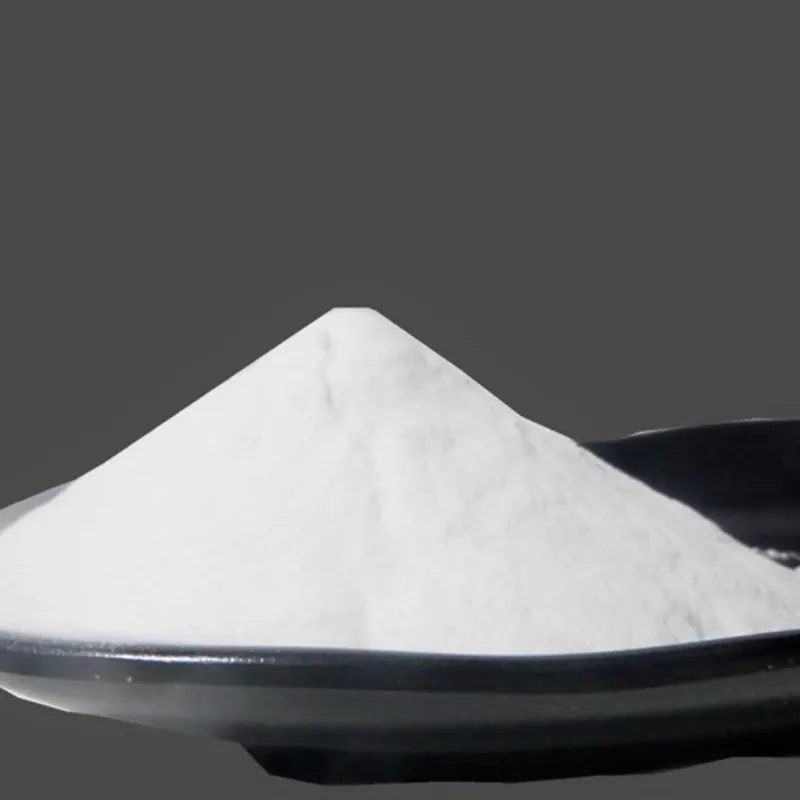
chelating agent in food
The Role of Chelating Agents in Food A Comprehensive Overview
In recent years, the importance of food safety and quality has garnered significant attention from both consumers and industry professionals. Among the various preservatives and additives employed to enhance food products, chelating agents have emerged as a critical component. This article delves into what chelating agents are, their functions, and their significance in the food industry.
What Are Chelating Agents?
Chelating agents, also known as sequestrants, are compounds that can form multiple bonds with a single metal ion, effectively 'grabbing' and isolating it from its environment. The term chelate comes from the Greek word chēlē, meaning claw, which metaphorically describes how these agents bind to metal ions. Common chelating agents used in food include ethylenediaminetetraacetic acid (EDTA), citric acid, and phosphates. These substances are typically safe for consumption, and regulatory bodies like the FDA have approved many for specific applications.
Functions of Chelating Agents in Food
1. Enhancing Flavor
Chelating agents play a significant role in improving the taste of food products. By sequestering metal ions that can produce off-flavors or rancidity, these agents help preserve the intended flavor profile of a product. For example, metals such as copper and iron can catalyze oxidation reactions that lead to undesirable flavors and smells, especially in fatty foods. By using chelating agents, manufacturers can extend the shelf life of their products while maintaining quality.
Color stability is crucial in food products, as visual appeal often plays a major role in consumer preferences. Chelating agents can stabilize color by binding to metal ions that might otherwise cause discoloration. For instance, in fruit juices, the presence of metal ions can lead to browning reactions. By incorporating citric acid or EDTA, producers can maintain the vibrant color associated with fresh, high-quality products.
chelating agent in food

3. Preventing Nutritional Deficiencies
Certain minerals are essential for human health, but their bioavailability can be compromised by the presence of other metal ions that interfere with absorption. Chelating agents can enhance the bioavailability of essential nutrients by binding to harmful metal ions, allowing the body to absorb vital minerals like iron and zinc more efficiently. This aspect is particularly important in fortified foods and supplements.
4. Controlling Microbial Growth
Some metal ions serve as vital nutrients for microbial growth. By chelating these ions, food manufacturers can inhibit the growth of spoilage organisms and pathogens. This antimicrobial action enhances food safety, allowing products to remain safe for longer periods, reducing food waste.
5. Improving Texture
In certain food products, chelating agents can enhance texture and mouthfeel. For instance, in processed cheese, the incorporation of phosphates can help achieve a smooth, creamy texture by preventing the precipitation of calcium salts. This application not only improves the sensory attributes of the product but also adds to the overall consumer experience.
Conclusion
Chelating agents are indispensable in the food industry, providing a myriad of benefits that enhance flavor, color, nutritional value, microbial safety, and texture. Their ability to bind metal ions plays a pivotal role in maintaining the quality and safety of food products, ultimately protecting consumers from oxidation and microbial spoilage. As consumer awareness regarding food safety and quality continues to rise, the role of these agents will only become more significant. Importantly, ongoing research will help in understanding the long-term effects and optimal usage of chelating agents in various food applications, ensuring that they remain a cornerstone of food technology for years to come.
-
Aluminum Hydroxide: Quality Gels & Dried Gel AntacidNewsAug.31,2025
-
Buy High-Quality Trichloroisocyanuric Acid for Sale | TCCA 90% SupplierNewsAug.30,2025
-
Pure Sodium Dichloroisocyanurate Dihydrate | Powerful DisinfectantNewsAug.29,2025
-
Industrial Chemicals: Quality & Purity for Every IndustryNewsAug.28,2025
-
Nitrile Rubber Honoring Strict Production StandardsNewsAug.22,2025
-
Aspartame Ingredients Honoring Food Safety ValuesNewsAug.22,2025
-
Fertilizer for Balanced Plant NutritionNewsAug.22,2025
Hebei Tenger Chemical Technology Co., Ltd. focuses on the chemical industry and is committed to the export service of chemical raw materials.
-

view more DiethanolisopropanolamineIn the ever-growing field of chemical solutions, diethanolisopropanolamine (DEIPA) stands out as a versatile and important compound. Due to its unique chemical structure and properties, DEIPA is of interest to various industries including construction, personal care, and agriculture. -

view more TriisopropanolamineTriisopropanolamine (TIPA) alkanol amine substance, is a kind of alcohol amine compound with amino and alcohol hydroxyl, and because of its molecules contains both amino and hydroxyl. -

view more Tetramethyl Thiuram DisulfideTetramethyl thiuram disulfide, also known as TMTD, is a white to light-yellow powder with a distinct sulfur-like odor. It is soluble in organic solvents such as benzene, acetone, and ethyl acetate, making it highly versatile for use in different formulations. TMTD is known for its excellent vulcanization acceleration properties, which makes it a key ingredient in the production of rubber products. Additionally, it acts as an effective fungicide and bactericide, making it valuable in agricultural applications. Its high purity and stability ensure consistent performance, making it a preferred choice for manufacturers across various industries.





